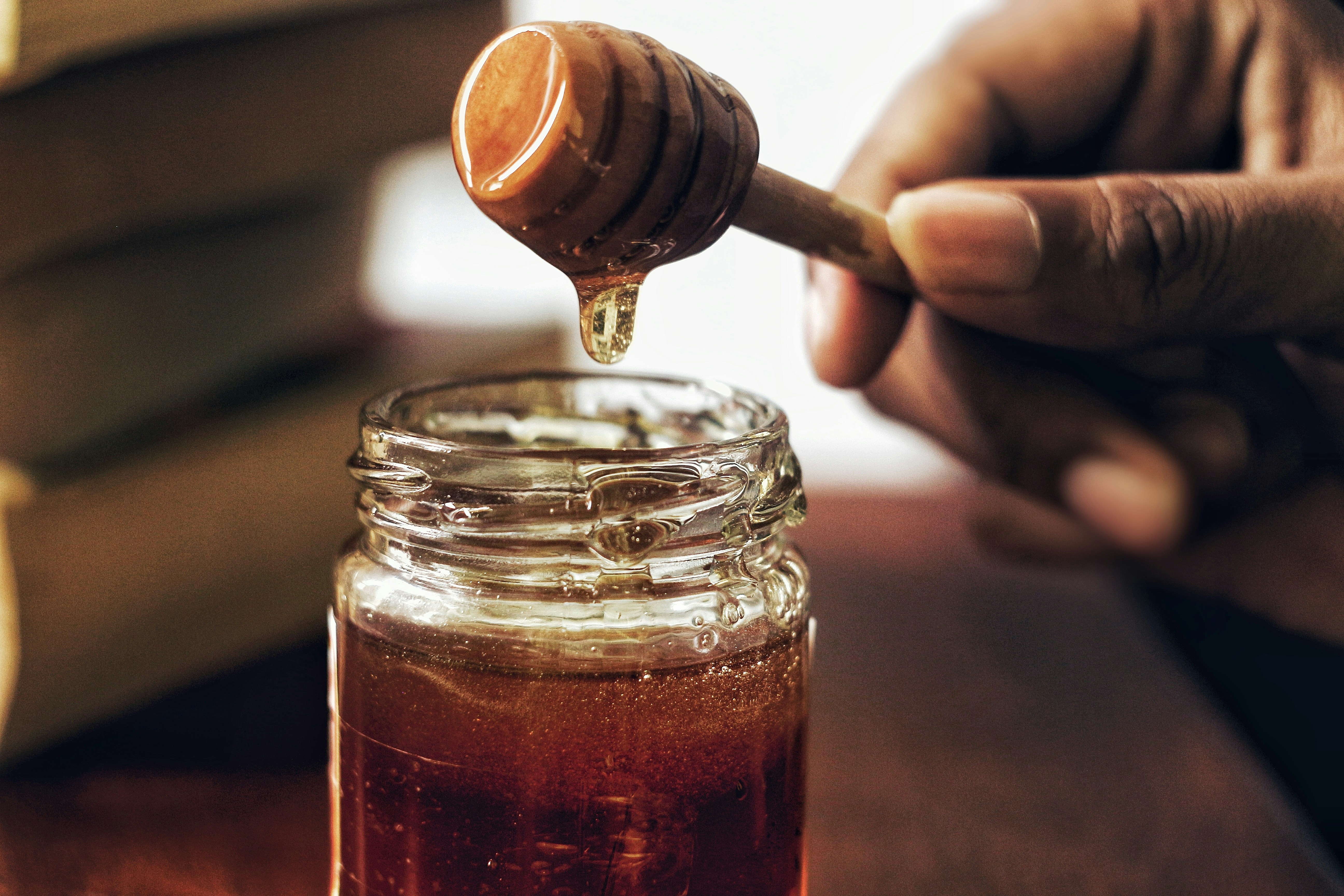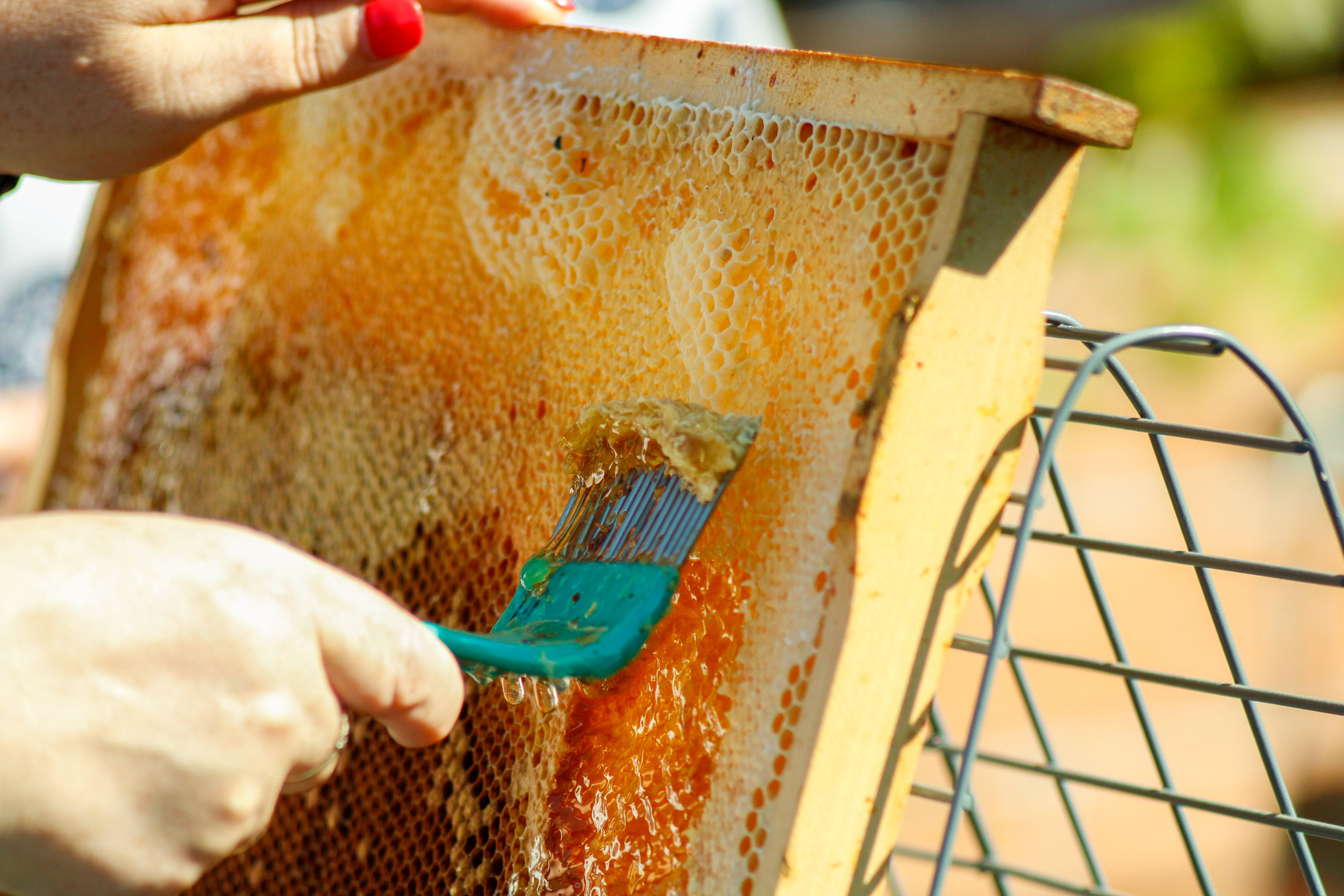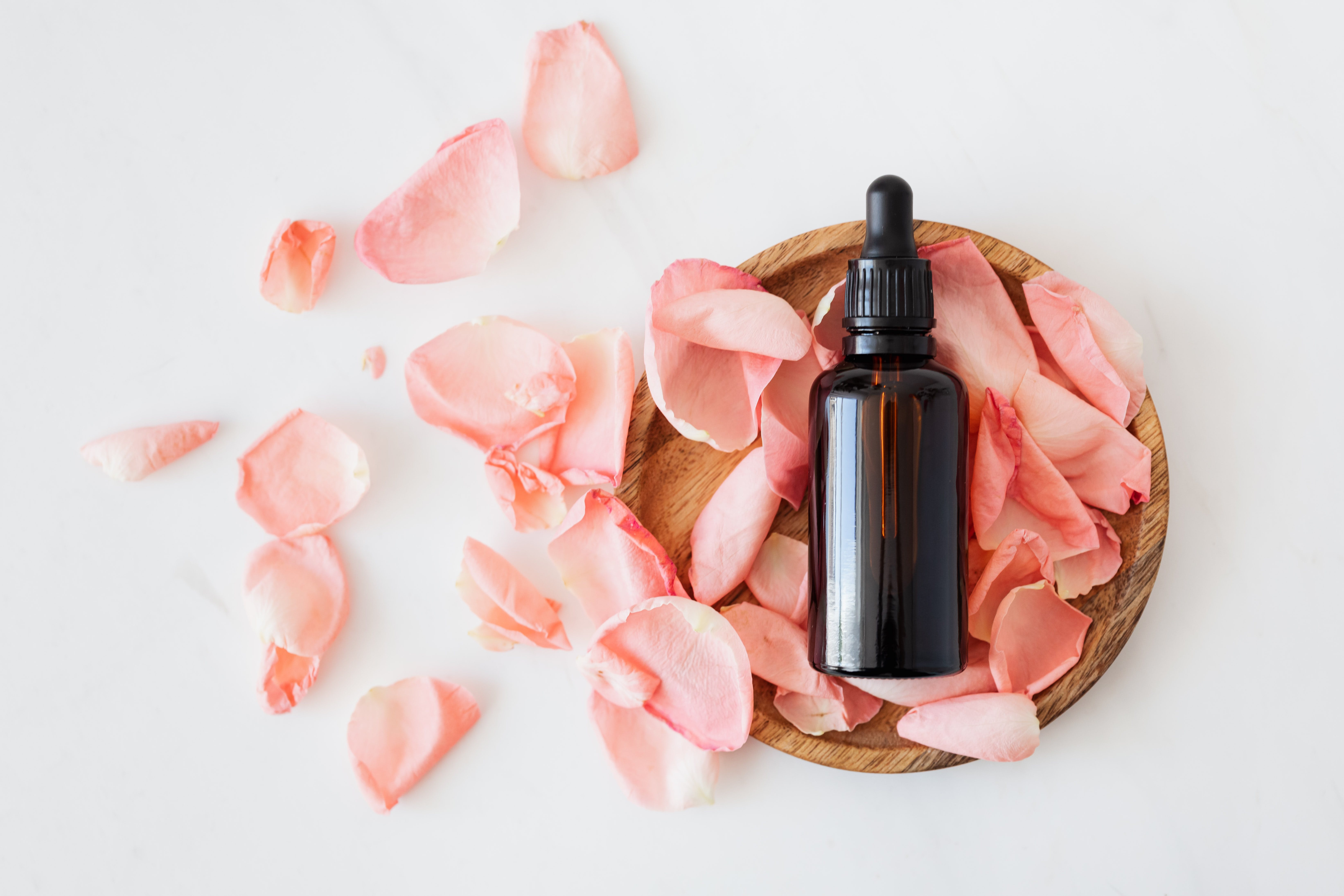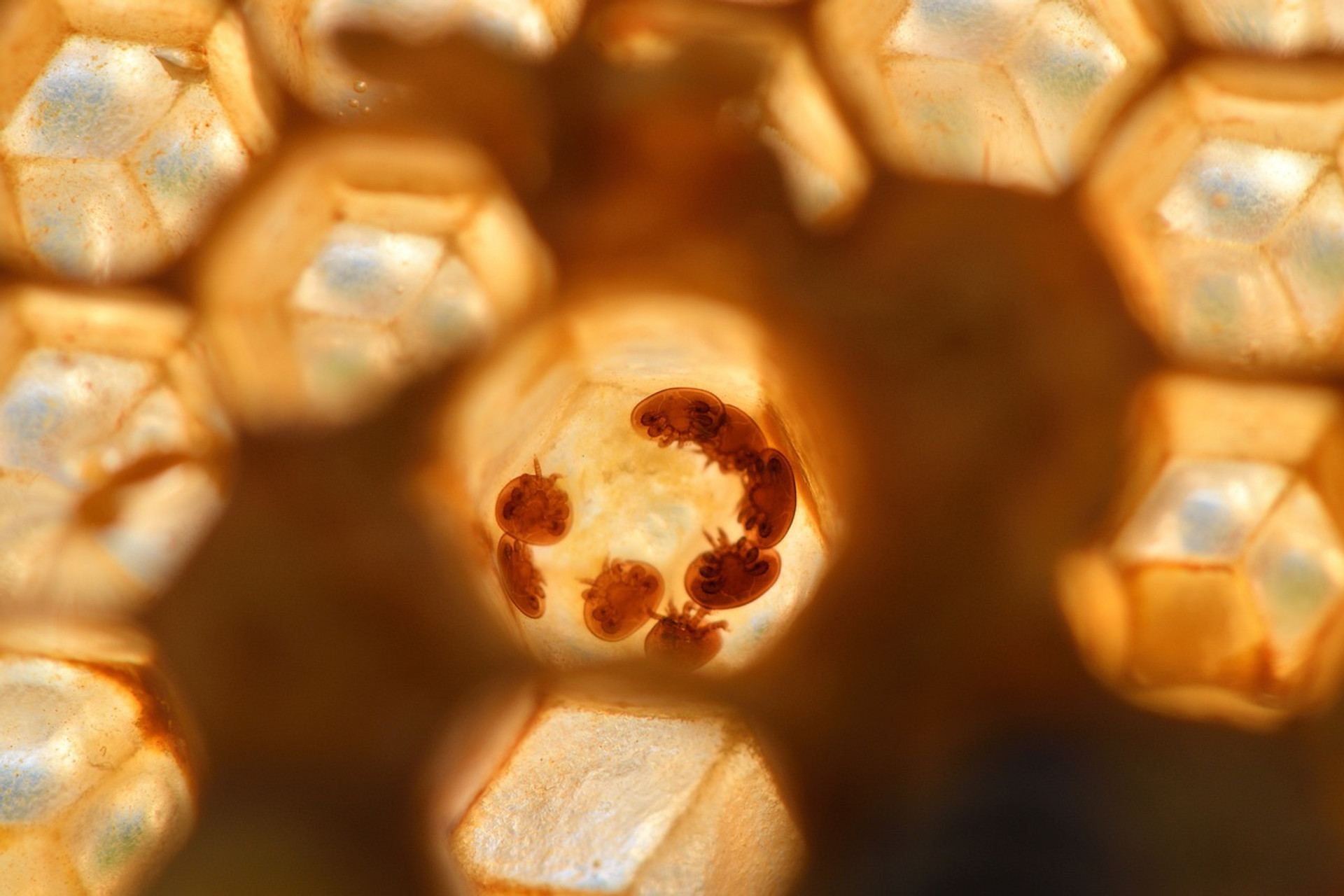The Different Uses for Honey Bee Products
It’s easy to associate honey bees with the honey they make. After all, it’s right there in the name. Honey has always been a valuable substance, but it’s not the only amazing thing we get from honey bees.
Beekeepers can make money by harvesting all kinds of hive products that bees produce. From the bee bread and royal jelly that the bees eat to the wax and propolis that serve as hive-building materials, a beehive contains a lot of unique and useful substances.
Humans have found many ways to put these products to use. Honey bee products have value in the food industry, medical field, cosmetics industry, and more. Whether you’re looking for a jar of sweet local honey or discovering the medical uses of bee venom, there’s something for you to admire about honey bees and their work.
Curious to learn more about these fascinating substances? Check out our guide for the different uses for bee products.
Honey
Honey is the most common honey bee product. It’s always been a part of the human diet. In fact, the first alcoholic drink humans invented was mead—a beverage made from honey. We all know honey is used as a delicious natural sweetener, but that’s not all it can do. Many people also use honey for its health benefits and cosmetic purposes.
Health Benefits of Honey

Raw honey is full of enzymes, antioxidants, and other nutrients that act as natural wellness boosters. The antibacterial properties of honey make it a natural antiseptic.
This is one of the reasons why people like to put honey in their tea when they’re sick. It fights bacteria and shortens the lifespan of your cold.
Honey also has anti-inflammatory properties that prove useful in relieving sore throats. Eating local honey can also help you build a resistance to seasonal allergies.
As honey bees make their honey from local flowers, your local honey naturally contains microdoses of the allergens that typically cause you trouble every spring. A spoonful of local honey is similar to an allergy shot. It gives you a small, harmless dose of allergens to help your body build immunity to them.
| Honey Highlight: Using local honey as a natural sweetener is also a sneaky way to build up your immune system against seasonal allergies. The secret lies in the micro-doses of local allergens in the honey! |
Cosmetic Uses of Honey
The nutrients in raw honey also prove beneficial in natural beauty remedies. They’re particularly useful in skin cosmetics. Honey’s antibacterial properties are useful for acne treatments.
This sweet bee product can also unclog pores to freshen your skin. The antioxidants in raw honey work as an anti-aging treatment as well. On top of that, honey is great as a moisturizer, soothing your skin and giving it a healthy, natural glow.
When honey bees visit flowers in search of nectar, they collect pollen in the hairs of their bodies. This is how they pollinate local flowers and crops. However, they also take a lot of pollen back to their hives, where they use it to make food for the brood. As they carry the pollen, honey bees enrich it with various natural hormones and antibiotic substances.
The pollen collected by honey bees stands out due to these enrichments. Along with these unique enhancements, the bee pollen inherently contains protein, amino acids, and vitamins. Together, these factors make honey bee pollen a highly favorable product.
A beekeeper can harvest excess bee pollen from the hive and sell it, usually as a health supplement. Bee pollen from beehives rejuvenates and refreshes the body, boosting your energy and improving healing processes.
Bee Bread
Honey bees make bee bread by mixing pollen with nectar and their own natural substances. The result is a food source that’s packed with essential amino acids, vitamins, and other nutrients.
This is a vital food source for the brood, but a beekeeper can extract any excess bee bread from their hives. This is a rarer honey bee product, but it’s very beneficial as a health supplement. Some people use it to treat insomnia, stress, high cholesterol, and more.
Royal Jelly
Most honey bees in the hive feast on bee bread throughout most of their lives, but the queen bee gets special treatment in the form of royal jelly. This is a special secretion that worker bees make to feed the queen bees.
All newborn larvae eat royal jelly for the first couple of days of their lives, but only the queen feasts exclusively on it. This dietary difference makes a queen bee different from every other member of the hive.
Consumers seek out fresh royal jelly for its unique medicinal benefits and properties. Royal jelly acts as a rejuvenating, anti-aging substance, promoting tissue growth and muscle regeneration. It’s one of the most popular dietary supplements among the elderly. It’s also useful for improving brain function and overall well-being.
Bee Venom
Bee stings are almost as famous as honey. Worker bees use their stingers to defend the hive when they feel threatened. When they sting something, they inject it with a bee venom known as apitoxin.
This bee venom causes inflammation or, in some cases, a severe allergic reaction. This is why many people fear bees. However, apitoxin can actually be extremely useful in the right hands.
Medical professionals have developed ways to use bee venom to desensitize people who are allergic to it. Scientists are also exploring the potential benefits of bee venom as a treatment for arthritis and other forms of chronic pain.
On top of that, bee venom has recently made its way into the cosmetics industry with other bee products. Some companies use it in skin creams and serums, considering it to be a natural alternative to Botox.
Wax

Many of the different uses for bee products have to do with beeswax. Worker bees use the wax they make to build their honeycombs and other hive structures. When a beekeeper harvests wax from their hives, the possibilities are nearly limitless.
Many beekeepers and other hobbyists have learned to craft materials such as candles and polish from beeswax. The beauty industry also puts this wax to good use, turning it into soaps, lip balms, creams, and more. Like honey, beeswax has antibiotic properties, and it can clean, moisturize, and soften skin.
| Did You Know: Beeswax is ecologically friendly and biodegradable. This means your beeswax products, such as candles, have a minimal environmental impact compared to their paraffin counterparts. |
Propolis
Although not as widely recognized as honey or beeswax, propolis is the unsung hero of bee products. Produced by bees from plant resins and mixed with their own saliva and beeswax, propolis forms a sticky, protective balm that bees use to seal off their hives from outside elements. Just like honey and beeswax, propolis also has myriad uses for humans.
Health Properties of Propolis
Propolis is often referred to as “bee glue” for its sticky nature, but its benefits are anything but adhesive. This miraculous natural substance is rich in antioxidants and has powerful anti-inflammatory and antiviral properties.
It’s even considered a potent ally in the battle against bacteria, capable of fighting against infection and boosting our body’s natural defenses.
The benefits of propolis extend all the way to our mouths. Various studies have shown that it may help in treating periodontitis and gingivitis, and it’s often included in various natural toothpaste formulations for its oral health benefits.
Propolis in Skin Care

The beauty realm has not been left behind when it comes to tapping into the wonders of propolis. Its anti-inflammatory properties make it an excellent fit for handling inflammatory skin conditions like acne.
Plus, the myriad of antioxidants it holds works wonders in rejuvenating the skin by fighting against the aging effects of free radicals.
Propolis also excels in promoting wound healing and tissue regeneration thanks to its rich flavonoid content. This makes it popular in creams, lotions, and other skincare products aiming to soothe and heal.
Home Remedies Using Bee Products
Many bee products have a long history of use in home remedies, thanks to their natural healing and wellness properties. In the table below, we explore some simple DIY remedies that incorporate honey, bee pollen, and propolis.
| Bee Products | Remedy | Procedure | Uses |
| Honey | Cough suppressant | Mix a spoonful of raw honey in a warm (not hot) glass of water or herbal tea. | To soothe sore throats and suppress coughs. |
| Bee pollen | Energy booster | Add a spoonful of bee pollen to your morning smoothie or sprinkle it on your cereal. | To improve energy levels and boost overall health. |
| Propolis | Natural antiseptic spray | Dissolve propolis tincture in distilled water. Spray on cuts and scrapes. | To disinfect and promote healing of minor skin injuries. |
Please note that remedies should not replace professional medical advice and are not suitable for everyone. It's recommended to test a small amount of the bee product to ensure that you're not allergic before fully using it as a remedy.
Your Journey to Bountiful Beekeeping
Do you put products from your honey bees’ hives to good use? Do you want to start? You can find everything you need to begin a successful beekeeping career at Mann Lake, from our selection of beginner beekeeping essentials to the extracting and processing supplies you need for your colony’s products. We’re ready to help you on your way to a fruitful harvest.

